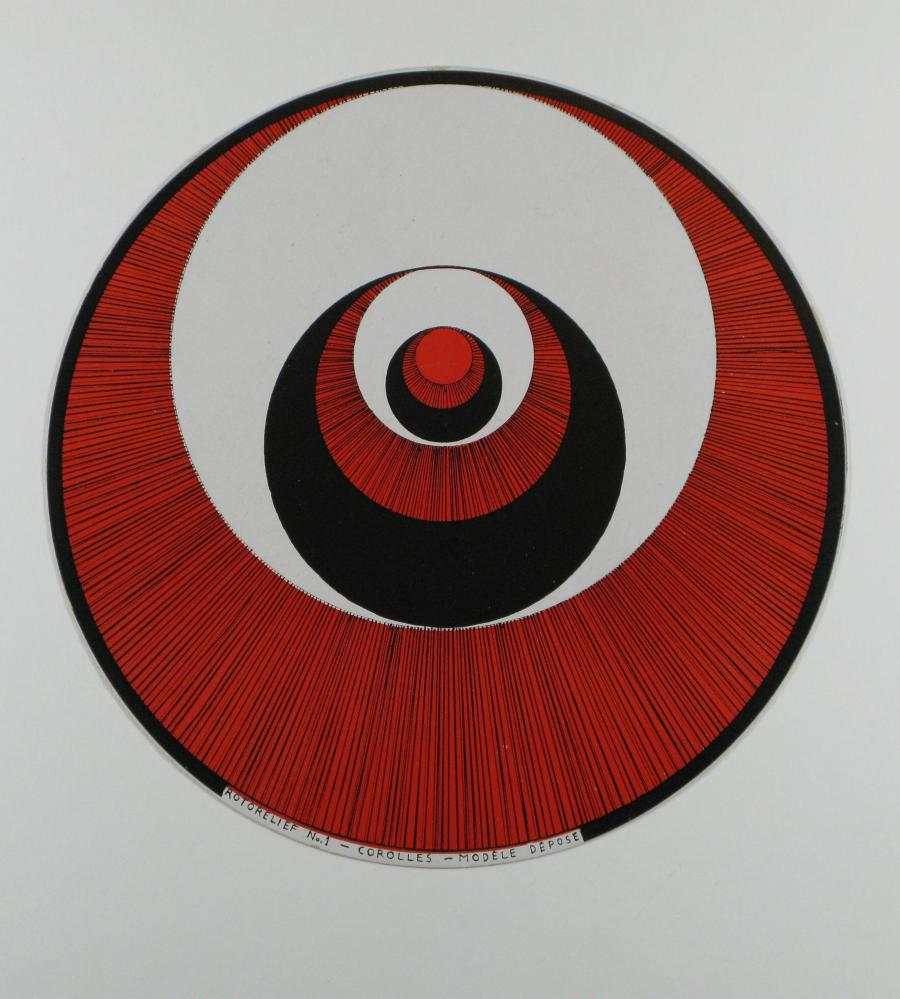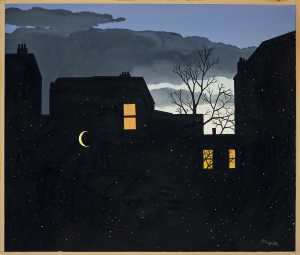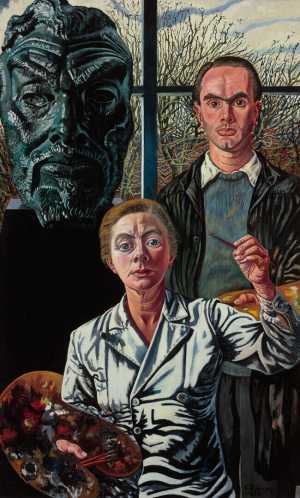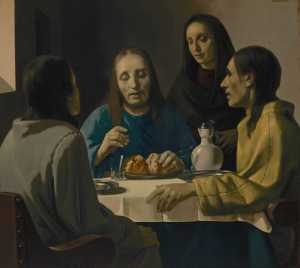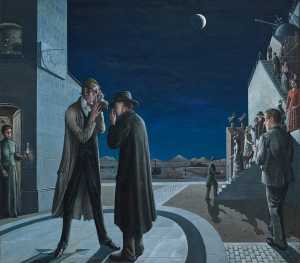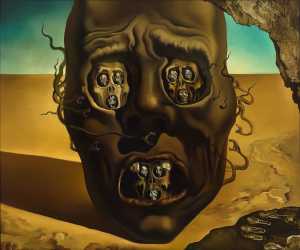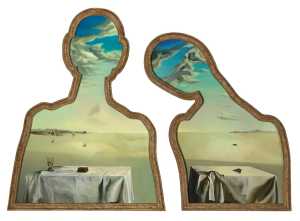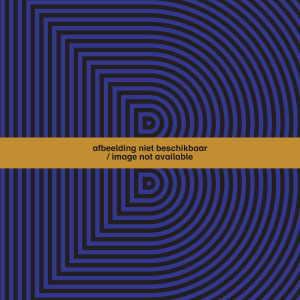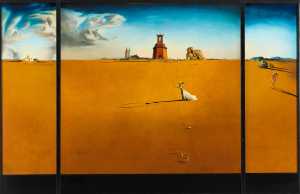Specifications
| Title | Rotoreliefs (Optical Disks) |
|---|---|
| Material and technique | Offset on cardboard |
| Object type |
Assemblage
> Three-dimensional object
> Art object
|
| Location | This object is in storage |
| Dimensions |
Diameter 20 cm |
|---|---|
| Artists |
Artist:
Marcel Duchamp
|
| Accession number | MB 1991/4 a recto (MK) |
| Credits | Purchased 1991 |
| Department | Modern Art |
| Acquisition date | 1991 |
| Creation date | in 1935 |
| Internal exhibitions |
Marcel Duchamp, Kunstenaar - Knutselaar (2013) |
| External exhibitions |
Surrealist Art - Masterpieces from Museum Boijmans Van Beuningen (2021) A Surreal Shock – Masterpieces from Museum Boijmans Van Beuningen (2021) |
| Research |
Show research A dream collection - Surrealism in Museum Boijmans Van Beuningen |
| Material | |
| Object | |
| Technique |
Offset print
> Mechanical
> Planographic printing
> Printing technique
> Technique
> Material and technique
|
| Geographical origin | France > Western Europe > Europe |







